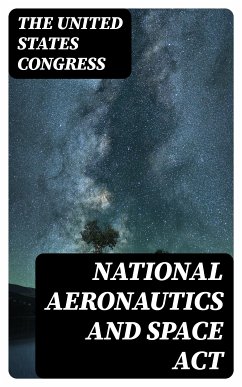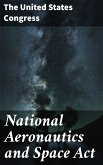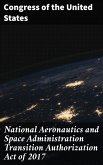The National Aeronautics and Space Act, enacted in 1958, serves as a pivotal legislative framework for the United States' exploration of space and aeronautics. Rooted in the historical context of the Cold War and the space race, the Act underscores the nation's commitment to advancing aeronautic and space science and fosters a collaborative environment among federal entities and private industry. Its provisions reflect a forward-thinking approach to scientific research, emphasizing both national security and the peaceful use of space. The language of the Act is precise yet encompasses a visionary spirit, articulating goals that extend beyond immediate technological aspirations to include broader societal implications of space exploration. Crafted by the United States Congress, the National Aeronautics and Space Act emerged against a backdrop of technological competition and existential concerns about the future. Influenced by national pride and the desire to assert leadership in space, Congress demonstrated an understanding of the vital role that research and innovation would play in not only maintaining military superiority but also in inspiring generations. The Act established NASA, symbolizing the integration of government initiative with scientific inquiry. This seminal piece of legislation is a must-read for scholars, students, and anyone intrigued by the origins of America's space policy. Its implications extend far beyond its text, resonating in contemporary discussions about space exploration, policy-making, and international cooperation. The National Aeronautics and Space Act offers invaluable insights into how legislative action can shape technological landscapes and societal aspirations.
Dieser Download kann aus rechtlichen Gründen nur mit Rechnungsadresse in A, B, BG, CY, CZ, D, DK, EW, E, FIN, F, GR, H, IRL, I, LT, L, LR, M, NL, PL, P, R, S, SLO, SK ausgeliefert werden.









